Summer Skincare Tips
Summer skincare tips include applying sunscreen, even on those hazy, overcast days.
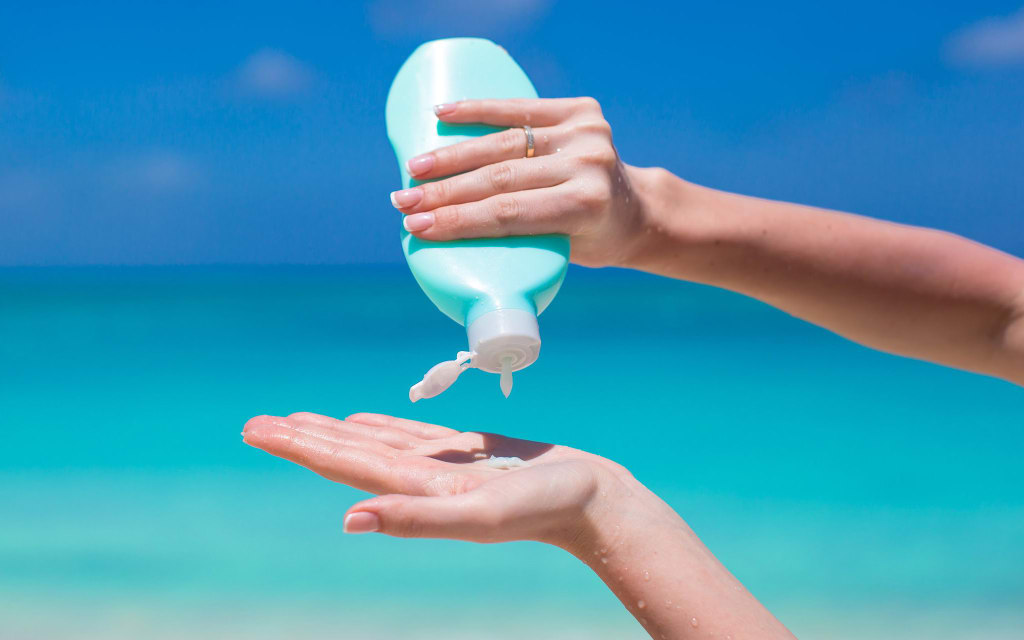
Amid plentiful evidence that exposing skin to sun is one of the most aging, health-harming things you can do comes a disturbing thought: Are we creating even more problems by slathering on sunscreens with higher and higher SPFs-18, 25, 40, even 50 and above? What are the pros and cons of sunscreen when we are dealing with summer skincare? Safety questions have been raised over the ingredients in these sunscreens—linking them to everything from rashy reactions to, just possibly, what they're supposed to prevent: skin cancer. On top of that some experts say that many sunscreens give us a false sense of security about being in the sun–actually upping, not decreasing, lifetime exposure to the harmful UVA rays few products block well.
But summer isn't meant to be all stay-out-of-the-sun work and no play. Swimming–whether laps or one of the water routines coming up—is one of the best anti-aging routines around. And it's finally shaken a bum rap that's been discouraging us from getting its longevity benefits for years. Like running, it strengthens bones. And you couldn't pick a better time of year to get back in the swim. But getting outside for some good old exercise requires the necessary precautions when you're participating in summer skincare.
Short of shunning the sun for good—virtually impossible—the easiest way to shield skin from aging, wrinkling rays is chemical: with sunscreens. But serious questions regarding, not only the effectiveness, but the actual safety of the products themselves—including whether ingredients in some may cause cancer—have prompted concern among consumers and some experts that we have been lulled into a false security about using them. However with the popularity of natural and organic sunscreens of the market these days, it is possible to choose the right, safe, sunscreen for you and your family.
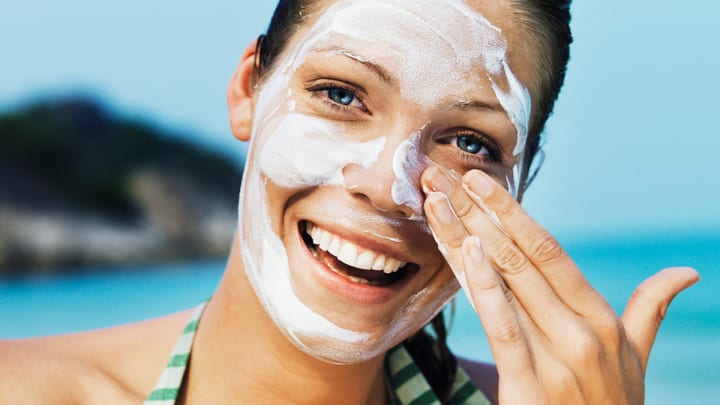
Photo via Health
Should we Slather on Sunscreen?
Now this may come as a bit of a shock—especially if you've been dutifully slathering up in sunscreen for summer skincare. But the truth is, since the introduction of sunscreens with sun protection factor (SPF) ratings of 15 and up, skin cancer rates have increased—including rates for the deadliest form, melanoma. Researchers at the Food and Drug Administration studied 17 sunscreens containing para-aminobenzoic acid (PABA)—the best ingredient for screening out ultraviolet rays—and discovered that 14 of the samples tested contained traces of one of a large class of chemicals known as nitrosamines. About a third of them are potentially cancer-causing when ingested in large amounts.
Some of the products had been sitting on the shelf for years, and scientists think that the nitrosamine was a by-product of the breakdown of chemicals in the old sunscreens. The fear was that the nitrosamine could increase the risk of skin cancer by being absorbed into the skin.
However, “no one has been able to duplicate this finding,” notes dermatologist Darrell Rigel, M.D., at New York University. “Plus, the nitrosamine discovered was not one of those suspected to be carcinogenic,” and there is no evidence that it is harmful to skin. Even if breakdown can produce the chemical, the study found it in amounts far below what could do harm. By contrast, studies have repeatedly found that sunscreens containing PABA and PABA esters are not carcinogenic and, in fact, protect against sun-induced skin cancer. A long-shot potential risk could exist, admits Rigel, “but the benefits of using sunscreens far outweigh that."
The real culprit in the explosion of skin cancer remains the obvious: sun exposure. Numerous studies have confirmed the link between sun damage and basal-cell and squamous-cell Carcinoma, the more common forms of skin cancer. Plus, epidemiologists have repeatedly found that skin-cancer lesions tend to develop on commonly exposed areas, such as the head and neck. Ultraviolet rays also contribute to the development of deadly melanoma.
But sunscreens aren't entirely blameless, notes epidemiologist Cedric Garland, M.D., associate professor at the University of California School of Medicine, San Diego. “They encourage people to stay out in the sun longer than they otherwise would,” he explains. And since they don't screen out all burning rays, and protect against only a very narrow spectrum of UVA rays, that added exposure could add up over a lifetime to an increased risk of skin cancer."
As to the cause of skin cancer's current skyrocketing rates: Since there is a ten- to twenty year lag between the time the damage is done and the development of cancer, the epidemic is the result of sun exposure in the 1960s and 70s, when SPFs were lower and the dangers of the sun and importance of summer skincare were not as well publicized, notes Arthur Balin, M.D. And the message still hasn't completely penetrated: While the American Academy of Dermatology (AAD) reported that 1989 was the first year that sun protection products outsold tan accelerators, a whopping 72 percent of Americans still think a tan looks healthy. With the popularity of tanning beds, people are ingesting these rays right into their body, at a very close and very alarming rate.
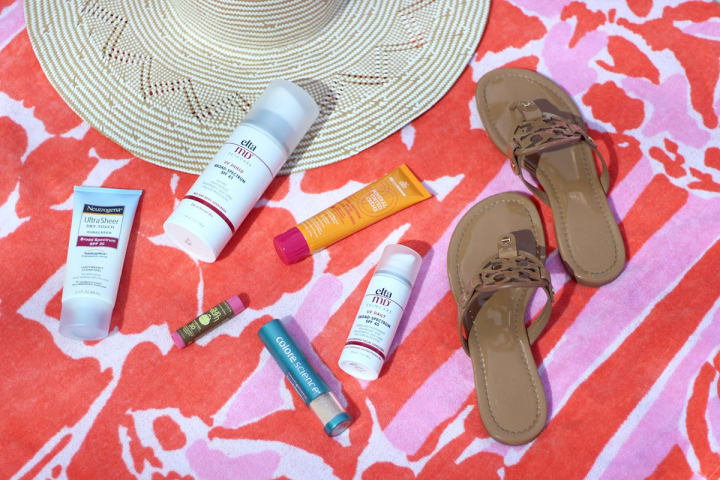
Photo via Medicine and Manicures
Sorting out SPFs
Drugstore shelves are crowded with sunscreens containing SPFs from two (worthless for sun protection) to 50 and higher. They all work by forming a chemical layer that absorbs ultraviolet burning rays (UVB) before they reach skin; the number is determined by measuring how long it takes unprotected skin to burn under UVB rays, versus skin coated with sunscreen.
An SPF 15, for example, means sunbathing can be stretched 15 times longer than it normally takes to produce a burn. The length of time you can stay out under any SPF depends, of course, on your skin type. It's important to know how long it takes your skin to reach its sun saturation point, notes Rigel. “Once you reach the limit of a sunscreen, that's it—putting on more of the same number will not protect your skin from burning,” he points out. A higher SPF may afford some extra protection, but the better move is to head indoors.
Is anything higher than 15 really better? Yes, according to Kays H. Kaidbey, M.D. To compare how well an SPF 15 sunscreen protected skin versus an SPF 30, he measured sunburn cells in skin exposed to ultraviolet light in a lab setting. These sunburn cells begin to develop well before a burn appears and thus may be a more sensitive indicator of skin damage—and how protective a sunscreen really is.
“We found that a 30 is definitely more protective,” says Kaidbey. “There were virtually no sunburn cells in the skin treated with the SPF 30," he says. Those with very fair skin would be wise to wear this SPF whenever they are outside, “but not everyone needs to use one that high," he adds. For most people who live in seasonal areas and don't regularly sunbathe, or who have medium-toned or dark skin, a 15 is sufficient, he notes. But rays do still get through even the highest SPFs. “Shielding against even that a small percentage between the two can make a big difference over a lifetime," adds Kaidbey.
Not all experts agree. According to Balin, using an SPF over 15 is of minimal benefit: “It's impossible to stay out in the sun 30 times longer than you would without sunscreen—the sun doesn't shine that many hours in a day.”
And no UVB sunscreen sufficiently protects against UVA rays, adds dermatologist George Reizner, M.D. UVAs are often referred to as the "age rays" because they are a longer, slower wavelength than UVBs, and can thus penetrate deep into skin and accelerate the breakdown of elastin and collagen, the supportive fibers that give youthful skin its pliant quality. (By contrast, only five percent of UVBs penetrate to the dermis, the lower skin layer). Unlike UVB, which is strongest between 10 AM and 2 PM (when it passes through the least amount of protective ozone in the atmosphere), UVA bombards skin steadily from morning to night.
Despite their added protection, higher SPFs may be hard on some skin: The higher the level, the greater the risk of allergic reaction to the chemicals in the screen, notes Balin. That's because in order to step up protection, the concentration of chemicals must be increased. This is especially true of UVA screens containing benzophenones. Parasol 1789, another UVA blocker, can pose a problem simply because it's often paired with PABA, a common troublemaker for sensitive skin. The way to lessen the chance of irritation is to maintain high SPF protection with a lighter chemical load.
Another problem with high SPFs is that they are generally formulated with a very adhesive base, adds dermatologist Madhukar Pathak, M.D. “They stick to skin longer," he says, “And longer contact with chemicals may increase the risk of an allergy or an irritation.” Alcohol-based products are also prone to producing stinging in susceptible people.
About seven percent of the population is truly allergic to PABA and its esters, notes Rigel. (A greater percentage may experience stinging and slight irritation from PABA or other ingredients). The typical allergic reaction is a red, itchy rash beginning about 24 hours after using sunscreen.
An allergy or sensitivity to one form of PABA does not necessarily indicate an allergy to all. Plus, the reaction often is due to a fragrance or other ingredient in a particular brand. In summer skincare, it's smart to test new products first. Apply on the inner forearm and cover with a bandage. After 24 hours, take the bandage off and expose your arm to sunlight for 15 minutes. An allergic reaction will appear within the next 24 hours. Anyone experiencing a reaction to a sunscreen should be tested by a dermatologist to pinpoint the exact culprit. Sunscreens containing PABA substitutes may be less likely to trigger rashes; these sunscreens are effective, but tend to wash off.
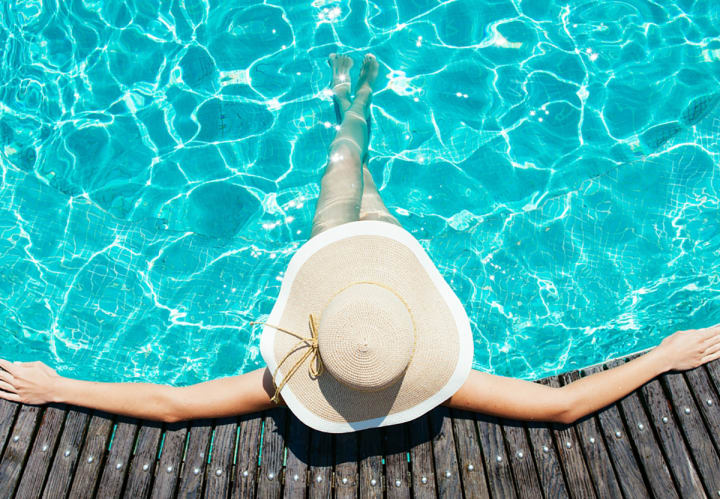
Photo via Siobhan Donovan
Sun-Smart Solutions
Overall, the greatest snag with sunscreens is misuse—especially underuse. "The average American empties fewer than two bottles of sunscreen per year,” says Pathak. “That's far less than is needed in summer months alone." Plus, aging UVA rays remain a skin threat year round. And unlike UVB, they penetrate windows. “The real problem is everyday exposure,” warns Pathak.
The solution for summer skincare is obvious—use sunscreen every day, all year. The lotions adhere best to clean, dry skin; use enough to leave a visible film. Apply at least 20 minutes before going outside; reapply at least once for every hour of sun exposure, and after swimming or exercising.
The best way to avoid damage is the simplest: Stay out of the sun as much as possible. “Sunscreens are a valuable asset in the fight against premature aging and skin cancer," says Reizner. “But they're not a panacea."
About the Creator
Alicia Springer
Mother of two. Personal trainer. Fitness is about determination, not age.
Enjoyed the story? Support the Creator.
Subscribe for free to receive all their stories in your feed. You could also pledge your support or give them a one-off tip, letting them know you appreciate their work.




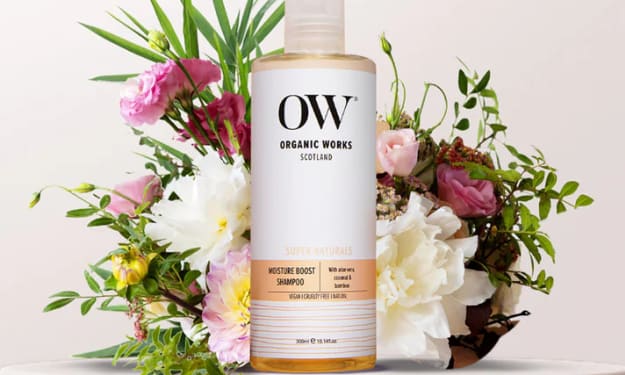

Comments
There are no comments for this story
Be the first to respond and start the conversation.